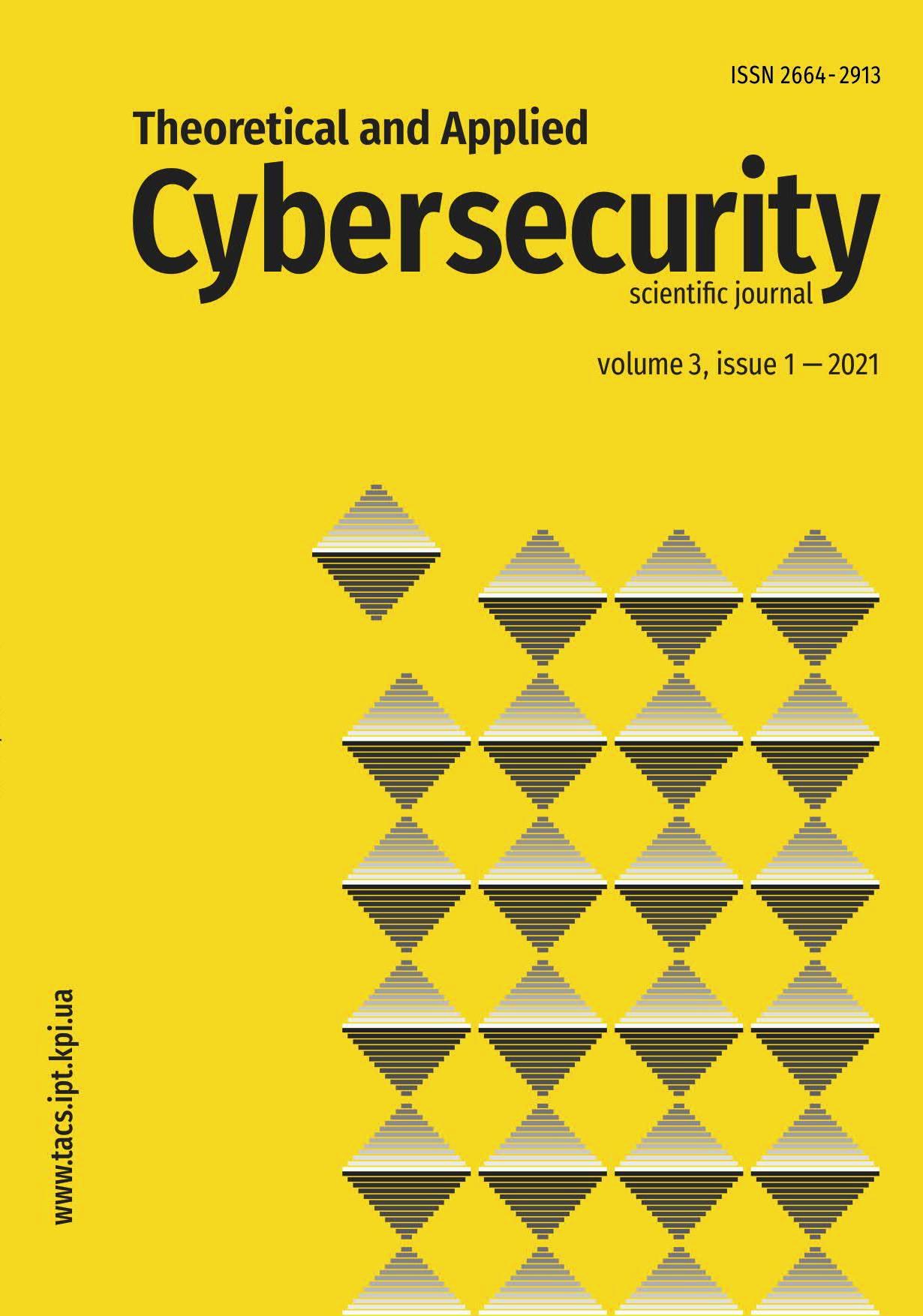Statistical stegdetectors performance by message re-embedding
DOI:
https://doi.org/10.20535/tacs.2664-29132021.1.251291Abstract
State-of-the-art stegdetectors for digital images are based on pre-processing (calibration) of analyzed image for increasing stego-to-cover ratio. In most cases, the calibration is realized by image processing with enormous set of high-pass filters to obtain good estimation of cover image from the stego one. Nevertheless, the efficiency of this approach significantly depends on careful selection of filters for reliably extraction of cover image alterations that are specific for each embedding method. The selection is non-trivial and laborious operation that is realized today by training of convolutional neural networks, such as Ye-Net, SR-Net to name but a few. The paper is devoted to performance analysis of alternative approach to image calibration, namely message re-embedding into analyzed image. The considered method is aimed to increasing stego-to-cover ratio by amplification of cover image alterations caused by message hiding. The analysis was performed on ALASKA and VISION datasets by usage of stegdetector based on SPAM model of covers. Messages were re-embedded according to state-of-the-art adaptive methods HUGO, S-UNIWARD, MG and MiPOD. Proposed approach allows significantly (up to 20%) decreasing detection error even in case of low payload of cover image (less than 10%) where modern stegdetectors are ineffective.
Downloads
Published
Issue
Section
License
Authors who publish with this journal agree to the following terms:
Authors retain copyright and grant the journal right of first publication with the work simultaneously licensed under a Creative Commons Attribution License that allows others to share the work with an acknowledgement of the work's authorship and initial publication in this journal.
Authors are able to enter into separate, additional contractual arrangements for the non-exclusive distribution of the journal's published version of the work (e.g., post it to an institutional repository or publish it in a book), with an acknowledgement of its initial publication in this journal.
- Authors are permitted and encouraged to post their work online (e.g., in institutional repositories or on their website) prior to and during the submission process, as it can lead to productive exchanges, as well as earlier and greater citation of published work (See The Effect of Open Access).

